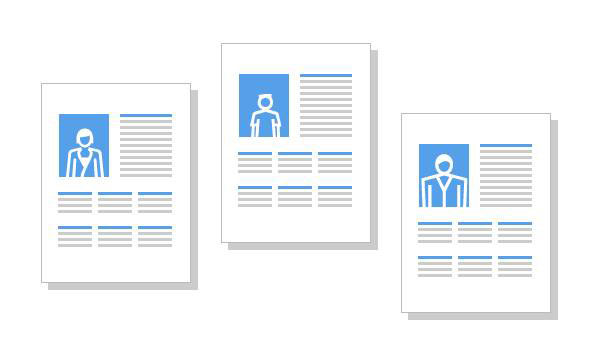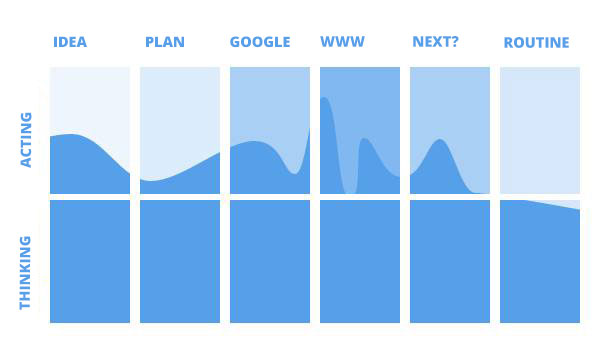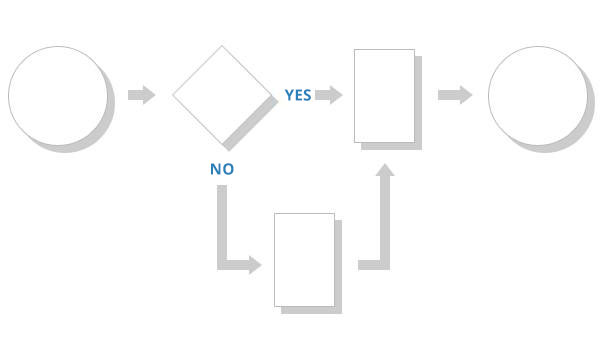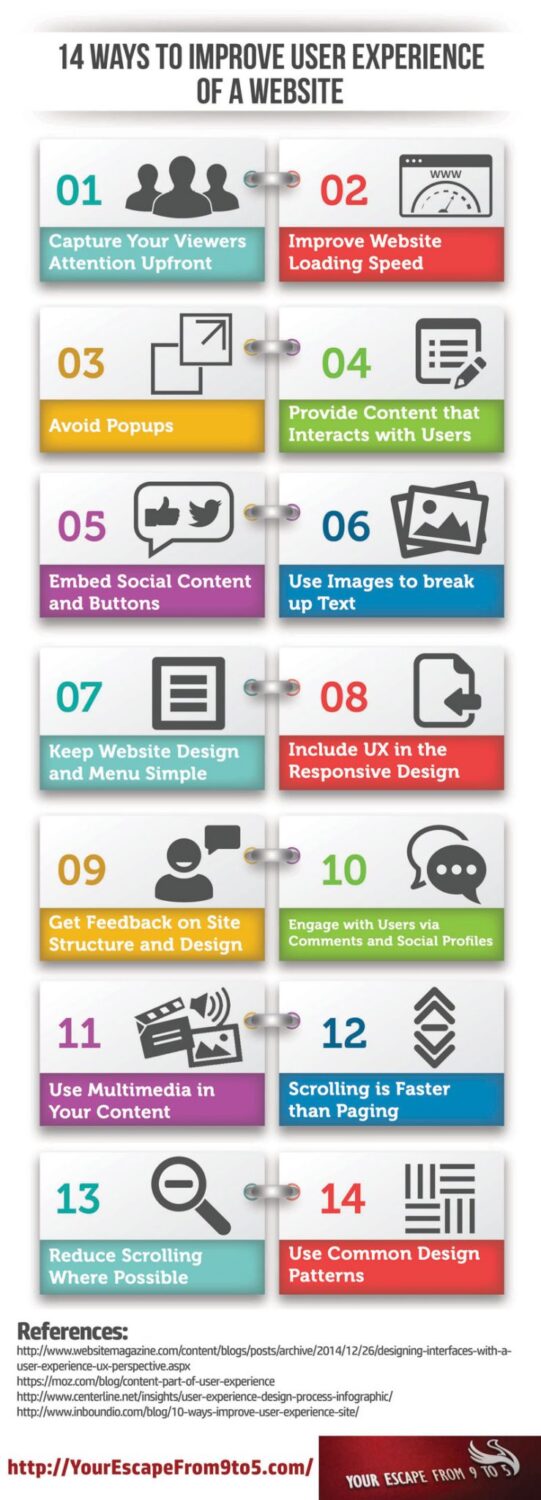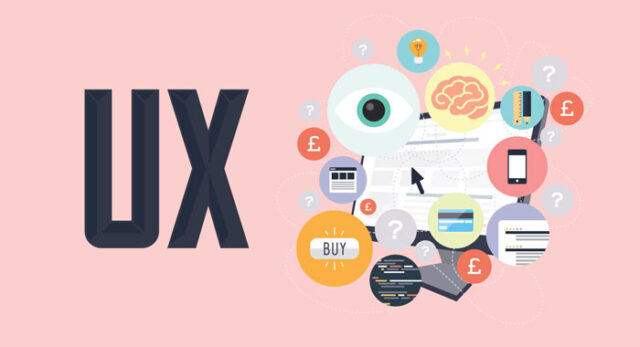
Quality user experience (UX) is the result of harmonization of business objectives and customer needs. To shape the user experience, you must first know and understand both sides. As a first step, it is necessary to do research and analysis by some appropriate method. Depending on the specific requirements of each project, the process can be modified to the particular method that is most appropriate for the respective situation.
Interviews
Interviews with end users, employees of the company, heads of departments and representatives of other teams involved in the development of web sites or applications helps getting to know the needs and processes of all participants in the project and the end users. Through interviews you determine the typical problems, reveal habits, patterns, and overlapping, and as a result determine the priorities for implementing the proposed improvements.
A well placed interviews are the basis for every successful project.
Creating a personas
Based on interviews with key actors – the editors and website administrators and end users – you can create personas, fictitious representatives of the typical user group page. Personas are conceived project team members who serve as a litmus test in the discussion, prioritization and decision-making on the design and functionality of the interface. Personas helps to raise awareness of the needs of end users.
A typical project of national coverage requires 3-4 personas.
Heuristic evaluation
Heuristic evaluation is a method of analysing interface implemented by professional evaluator by default recommendations for usable interface. The interface is usually assessed according to the guidelines set by Jakob Nielsen in 1994. With the development of technology and the evolution of the habits of end users, the basic guidelines are expanded, and some experts have developed their own guidelines and methodologies.
It is common for heuristic estimate that is processed by the 2-3 independent assessors.
Cognitive Walkthrough
Cognitive walkthrough is a method of analysing interface that also conducts professional evaluator, testing the interface through predefined processes (eg. Payment to a web shop). This method is often used to evaluate the critical processes identified through interviews and / or user feedback page. The analysis is carried out by answering a set of standardized questions for each action within a single process (eg, printing an invoice within the payment process on the web shop).
Cognitive walkthrough on average reveals 8-10 critical errors by the script.
Usability testing
Usability testing is a method for estimating the user interface while watching a typical user uses the interface. On this way you can determine errors on the interface, but also the level of understanding and ease of use of the user interface. The tasks which will be proceed by typical user – tester – is normally defined after the initial evaluation of interface (eg. After a cognitive walkthrough and heuristic evaluation). Usability testing is one of the main steps in the design process used by UX agencies. Click here to know more.
Usability testing can be quantitatively or qualitatively. Quantitative testing is conducted in the laboratory and requires a larger sample of users, usually ten per test group (eg. In A / B testing). For qualitative testing is enough to do the test on 3-4 users who can identify up to 80% errors in the interface.
Customer Journey Mapping
The user journey is a comprehensive view of events whose central subject is the typical end user. In addition to the display using the interface, user jurney shows events that occurred before and after the interaction with the system, and takes into account the context of the device, environment, time and time sequence, location, personal preferences, mental models (the user’s perception of how to a system should work) and social variables.
Understanding the user jurney enables a spontaneous integration of interaction on the web site or web application within the overall set of actions on the way from the initial user needs (eg. I want more speed internet) to realization (eg, surfing the Internet at a higher speed). Depending on the need, the user journey can be mapped separately for each persona and for each scenario using.
It is useful to map the desired experience and realistic experience and to compare both situations, to help you determine room for improvement.
Process flow
Flowchart is a schematic representation of the interaction between users and system with the goal of processing and understanding the interaction of all relevant details. Includes logical separation scenarios (eg. Different versions of the registered and unregistered users) and defines the order of each action.
Depending on the specific roles within the project team, process flow should be produced in cooperation with developers to evolve the business logic.
And much more …
Shaping the user experience has become a broad discipline that uses a whole range of other methods and sub-disciplines (eg, information architecture and content strategy). A large part of life activities – socializing, shopping, learning, work – are being relocated to the Internet, a well-designed user experience significantly enhances and optimizes products and services. The result is a successful symbiosis between end customers and manufacturers and service providers. On the one hand, customers has access to products and services that they need and exactly what they are willing to pay. On the other hand, manufacturers and service providers can significantly optimize their processes and focus on developing products and services that users really want.
For more tips how to improve user experience, check out the infographic below with 14 more ways to improve it:

